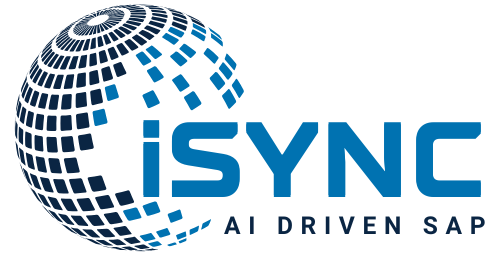SAP Databricks
Unifying SAP’s trusted data with Databricks’ AI power — fuel your business with real-time intelligence.
SAP Databricks
SAP Databricks is a jointly-developed solution that integrates Databricks’ data intelligence platform with SAP’s Business Data Cloud. It provides a platform for advanced analytics and AI/ML on SAP data, enabling users to combine SAP data with other sources for richer insights and faster use case deployment
SAP Databricks is a native integration of the Databricks Data Intelligence Platform into SAP Business Data Cloud (BDC)—SAP’s fully managed SaaS platform that unifies SAP data and third-party sources to power analytics, AI, and data science workloads.
Key Features and Benefits
How it Works?
- Data Access:
SAP Databricks accesses data from SAP applications and other sources within the SAP Business Data Cloud.
2. Data Preparation:
Data is processed and prepared using Databricks’ data engineering tools.
3. AI/ML Development:
Data scientists and engineers build and train machine learning models using Databricks’ platform.
4. Model Deployment:
Deployed models are integrated with SAP solutions for real-time predictions and insights.
5. Data Sharing:
Results from SAP Databricks can be shared back into the SAP ecosystem for further analysis and application development.
Benefits for Enterprises
- Faster AI & ML Development
Speeds up time-to-value for predictive models and analytics. - Seamless Integration
Works with AWS, Azure, GCP, and now SAP Business Data Cloud via native SAP Databricks. - Scalable Infrastructure
Built for petabyte-scale data processing and AI workloads. - Open & Interoperable
Supports open formats (Parquet, Delta, etc.) and integrates with dbt, Apache Airflow, and Power BI/Tableau.
Use Cases and Applications
To demonstrate the real-world value, your website should include compelling use cases. This can help potential customers understand how the platform can solve their specific business challenges.
- AI-Powered Applications: Build intelligent applications that can reason on your semantically rich SAP data.
- Customer Churn Prediction: A fintech company, for example, could combine SAP Customer Relationship Management (CRM) data with external financial market data to predict customer churn and implement targeted retention strategies.
- Supply Chain Optimization: Connect SAP supply chain data with other operational data to build models that predict demand, optimize inventory, and enhance logistics.
- Financial Forecasting: Develop predictive models for cash flow, profitability, and other financial metrics by leveraging a unified view of operational and financial data.
